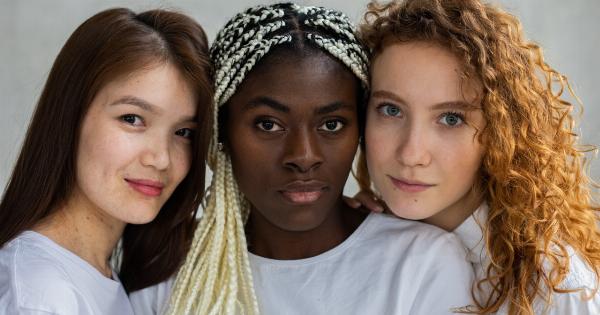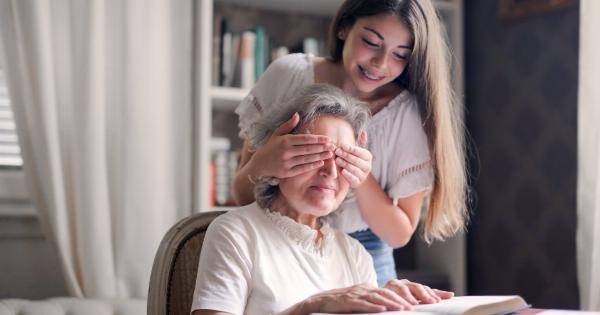Female sexuality has long been a fascinating topic, with numerous studies and research dedicated to the subject. Unlike males, whose sexual desire is often seen as more straightforward, female sexual desire is often shrouded in mystery and complexity.
What is Sexual Desire?
Sexual desire is the natural impulse or urge to engage in sexual activity. It is an important aspect of human life and plays a crucial role in human reproduction.
Sexual desire can be influenced by various factors, including psychological, social, and physiological factors.
The Different Types of Desire in Women
Many people assume that female sexual desire is one-dimensional, but this is far from the truth. Women experience different types of sexual desires, and understanding these differences can help improve sexual satisfaction.
Spontaneous Desire
This type of desire is what many people associate with male sexual desire. It is the feeling of wanting sex that arises spontaneously and without any prompting.
In women, it is less common as compared to men, but it does exist, where a woman experiences a sudden urge to engage in sexual activity, like initiating sex with a partner without any external stimuli.
Responsive Desire
The second type of sexual desire is responsive desire. This type of desire arises in response to sexual stimuli such as feelings, touch and thoughts.
Unlike spontaneous desire, responsive desire is not immediate, and it may take some time for a woman to become sexually aroused. This type of sexual desire is more common among women compared to the first type of desire.
Psychological Factors and Female Sexual Desire
Psychological factors play a crucial role in female sexual desire. According to research, many women cite stress, anxiety, and depression as significant factors contributing to low sexual desire.
Factors such as poor body image, past sexual abuse, and interpersonal issues also play a significant role in how women perceive their sexuality.
The Role of Hormones and Menstruation
The menstrual cycle is another factor that affects female sexual desire. Hormonal changes that occur during the menstrual cycle can either increase or decrease sexual desire.
Women tend to report an increase in sexual desire during ovulation when estrogen levels are high. On the other hand, during menstruation and premenstrual syndrome (PMS), many women tend to report a decrease in sexual desire positive attitudes towards sex.
Cultural Influences on Female Sexual Desire
Cultural attitudes towards female sexuality can also play a role in how women perceive their sexual desire. Societal norms and values related to sex can greatly affect a woman’s willingness to engage in sexual activity and her level of desire.
Women from cultures that promote open attitudes and positive views towards sex tend to report higher levels of sexual desire compared to women from cultures that stigmatize sex and treat female sexuality as something to be ashamed of.
The Importance of Communication with Partners
Communication with partners is essential in ensuring that women’s sexual desires are met. It is important to communicate openly and honestly with partners about sexual needs, preferences, and desires.
This can help create a safe and non-judgmental space where women feel comfortable expressing their sexuality.
Conclusion
Female sexual desire is complex and influenced by various factors, including psychological, physiological, and social factors.
Understanding these factors and their impact on female sexuality is crucial in creating a satisfying sexual experience for women.






























